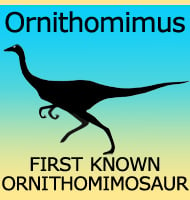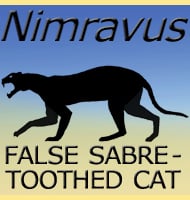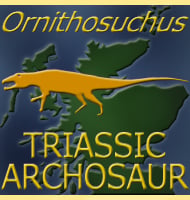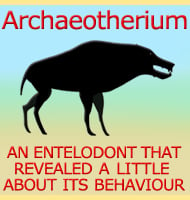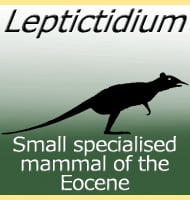In Depth
Named in 1876 upon the description of some teeth, we know that Zapsalis was a dromaeosaurid dinosaur, but that’s about it. For this reason the genus is often listed as dubious, as like with most tooth taxons it would be very difficult to attribute actual fossils of bones. Zapsalis was initially described from teeth found in the Dinosaur park Formation of Canada, with further teeth from the Judith River Formation of Montana, USA also been credited to belonging from the genus. Teeth attributed to the genus from other fossil bearing Formations have now been questioned as many of them are superficially dromaeosaurid without any truly unique features. The Hell Creek Formation in particular is one example of this, as since the naming of the first confirmed dromaeosaurid genus from this Formation, Acheroraptor in 2013, many dromaeosaurid teeth from here are now attributed to this genus, though the 2015 naming of Dakotaraptor indicates that more genera may yet be found.
Further Reading
- On some extinct reptiles and Batrachia from the Judith River and Fox Hills Beds of Montana. - Proceedings of the Academy of Natural Sciences, Philadelphia, 28: 340-359. - Edward Drinker Cope - 1876. - Small theropod and bird teeth from the Late Cretaceous (Upper Campanian) Judith River Group, Alberta. - Journal of Paleontology 76: 751–763. - J. T. Sankey, D. B. Brinkman, M. Guenther & P. J. Currie - 2002.



